How to take care of your car properly
How to take care of your car? To carry out the maintenance of your car you have to have the elements checked and each corresponding change. The brake fluid, the oil, the timing belt are elements with a concrete useful life; replacing them in time can save us a lot of money.
How to take care of your car?
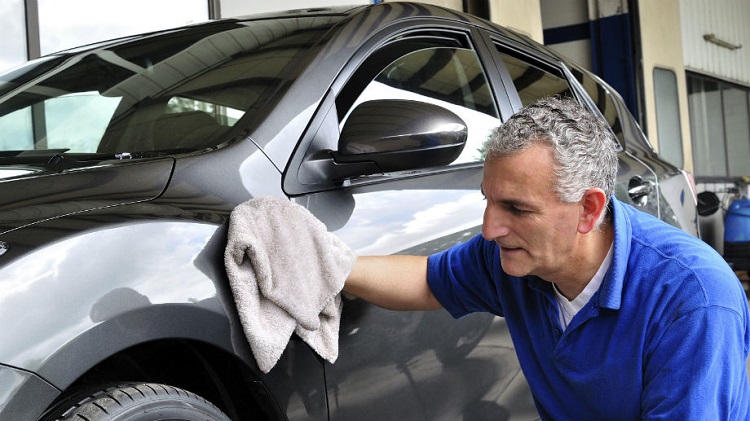
Better to prevent
This maxim is valid for almost everything in this life and the car is part of our day today. So it is not exempt from complying with the saying. We all know that we have to change the oil, the tires. But other elements are not so obvious and, however, replacing them is just as important. Keep reading: Tin your car windows
The advice I am going to give you next in general. Ideally, you should review your car’s instruction manual or the maintenance manual (also called service book). Where the plans will be specified and sometimes a checklist with the points that we have to check and how often we should do what.
The first thing to know is that some components of your vehicle not only wear out with use
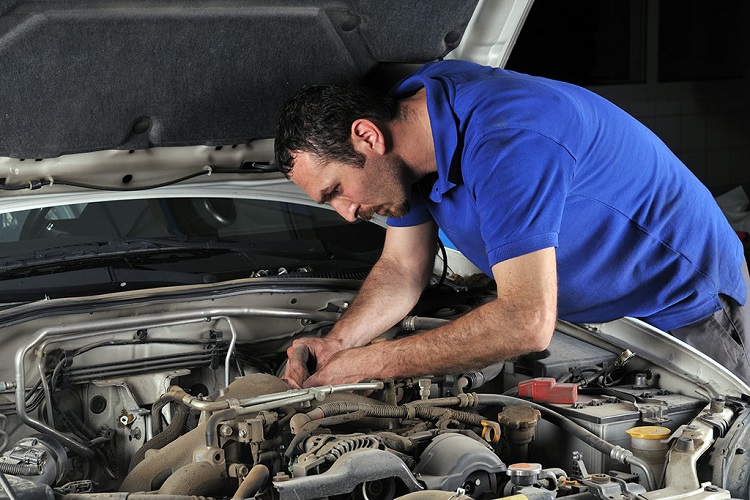
Also with time, that is why periodic reviews of the car maintenance plan are every 10,000 km or a year, for example. Even if you do not get to do the 10,000 km in a year, you should also inspect them.
Brake fluid every 2 years
This is one of the elements that grow older with time rather than kilometers. Most of the brake fluids used in the car are composed of a hydrophilic alcohol. This causes that it is absorbing the water that there is in the environment, which produces 2 very dangerous effects:
No 1: It lowers the boiling point, so it boils at less temperature and we can run out of brakes due to an excess of heat coming down a port: the pedal becomes fluffy and barely stops the car. It is known as fading of brake fluid. The water favors the formation of oxides and can emulsify the liquid, causing breakdowns in the braking system.
No 2: Having an accident or repairing an ABS valve body is infinitely more expensive than changing (inescapably) the brake fluid within a maximum of two years. A liter of DOT 4 costs about $12 and an hour of labor. A hydraulic group can multiply that amount by 30. The same fluid is usually used for the clutch mechanism in cars with hydraulic control: we must also replace it, taking advantage of that we do the same with one of the brakes.
Filters: oil and more
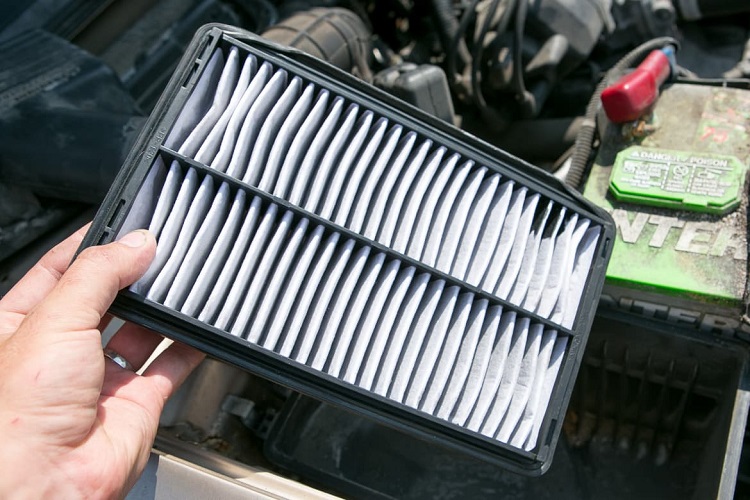
Everyone knows that when changing the oil. You should also replace the filter. At every change, not every two, as I have sometimes seen in a workshop. The average price of an oil filter is about $15. For that amount not it is worth dirtying the new oil by passing it through an old filter. Although it is the best known, it is not the only filter of the car. You may like also: http://www.autonags.com/how-does-riding-larger-tires-in-a-car-affect-it/
It is surprising that until 1978, it was not possible for anyone (it was Saab) to think that if you put an air filter in the engine so as not to damage the cylinders by the impurities. It would not be a bad idea to “sift” the air that the passengers breathe, much more important than a propeller. Thus, the Swedish brand was pioneering to incorporate a filter in the entrance of air to the passenger compartment.
These filters are quickly filled (especially in cities) because in order to increase their effectiveness they are charged electrostatically. In order to trap dust, pollen, etc. They must be replaced every year. If you ever see the state in which they are usually found, you will understand the important work they do. In addition, a defective passenger compartment filter can lead to malfunctions in the air conditioning system, bad doors, and increased energy consumption – reducing airflow.
In the car we find the following filters:
Oil filter: Must be changed every time the oil itself is replaced. In a modern car is usually every year or 20,000 km, which we reach before. On older models, the change should be done every 10,000 km. Check the maintenance plan of your vehicle.
Engine air filter: It is often enough to clean it and “blow it”. It should be checked at least once a year. It usually lasts longer depending on how dusty the area in which we habitually move.
Fuel filter: Normally it is replaced every 4 years or 60,000 km, it is very important in modern direct gasoline injection engines. In order to avoid damage to the high-pressure pump and injectors.
Passenger air filter: Must be changed once a year, thus avoiding the proliferation of mites and allergies.
The oil filter on the automatic transmission: It is vital for the life of the gearbox, it must be changed together with the hydraulic fluid every 60,000 km.
Liquids expire
In the car, there are several fluids that age with the kilometer, but also changes in temperature, dirt and time end up causing them to lose their properties, so it is convenient to replace.
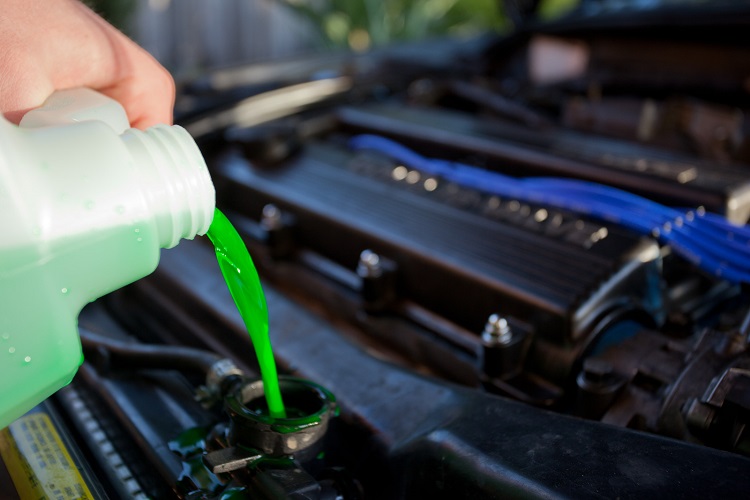
Coolant: Organic refrigerants are now used that are “for life”. However, it is important to change it and flush the refrigeration circuit to keep it in perfect condition. In my opinion, it should be done every 10 years. If your car is older and uses a conventional antifreeze, based on glycol. You should replace it every 2 or 4 years at most; otherwise, it loses properties and can break the engine block by freezing … or provoke heat in summer, repairs that can multiply by 100 the price of antifreeze.
Engine oil: The range for the oil change has been lengthened in modern cars. A good synthetic oil can easily exceed 15,000 km (although you should check the level every 1,000 km or monthly). The maintenance book will tell you the recommended period. Follow it carefully.
Differential oil and manual gearbox: These fluids are marked in the car manual as “maintenance-free”. In theory, they should last a lifetime. I do not really agree with this statement and I sincerely recommend that you change them every 100,000 km or 10 years.
Automatic transmission fluid: It is very important to replace the oil in the automatic gearboxes. Especially in those that work with a torque converter, because they reach important temperatures. Do not save a penny on a poor-quality liquid or lengthen its replacement, since repairing an automatic gearbox can be ruinous. Normally you should replace every 60,000 km or 5 years maximum, but consult the manual of your car.
Power Steering Fluid: The electrical directions are gradually disappearing from the hydraulic assist. They still exist and you must change the fluid every 100,000 km or 10 years to avoid breakdowns in the seals.
Liquid LHM: Citroen’s exceptional hydrodynamics suspension needs to be in perfect condition LHM fluid to avoid problems. Follow the maintenance plan to the letter.
Engine Peripherals
There are elements in the engine that must be changed to prevent breakages that can leave us thrown or cause serious breakdowns. It is very sad to see how your journey goes to waste when the crane takes your car with something as banal as a broken alternator belt. They are usually pieces whose cost is relatively inexpensive and which more than compensates for anticipating their failure.
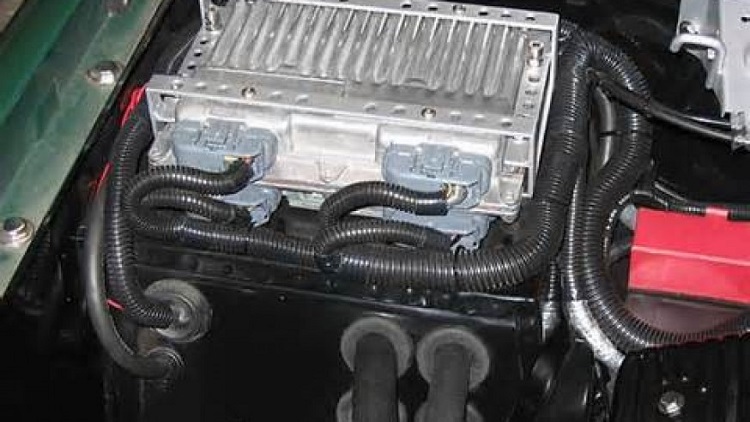
Auxiliary Belt: The rotating movement of the crankshaft is used for more things than moving the wheels of the car; also drives elements such as alternator, water pump, air conditioning compressor, etc. In some cars it is a single belt that moves all the auxiliaries, in others, there are several belts. The normal thing is that they change every 100,000 km, but it is not enough to check them every year in case there are cracks or have been stained with oil, which damages them. If you hear a sort of screech when accelerating, the belt is probably skidding and can break, leaving you thrown or causing serious breakdowns.
Coolant thermostat: The thermostat is responsible for opening the cooling water from the engine to the radiator to cool it down. If it is damaged, the water does not cool and we can break the cylinder head gasket or even seize the mechanics. It only costs about $50, changes every 10 years or 100,000 km.
Water pump: It is a great forgotten until it fails and we have a problem. It can last a lifetime, but it is worth changing it before it takes a fright, especially when our car moves it by the same strap as the distribution. In this case, a seized water pump can skip the distribution. Replace it with the timing belt at all times.
Timing Belt: It is vital not to rush your change, better before or after the manufacturer’s recommendation. Normally they come prepared to be replaced every 100,000 km or 6 years but check the manual of your car. Their replacement intervals vary between brands.
Rubber hoses and tubes: Modern engines look more like the work of a plumber than a mechanic. They are full of tubes and hoses that circulate the refrigerant, air, gasoline. Over time, the sleeves lose rigidity and swell. in addition, they become brittle.
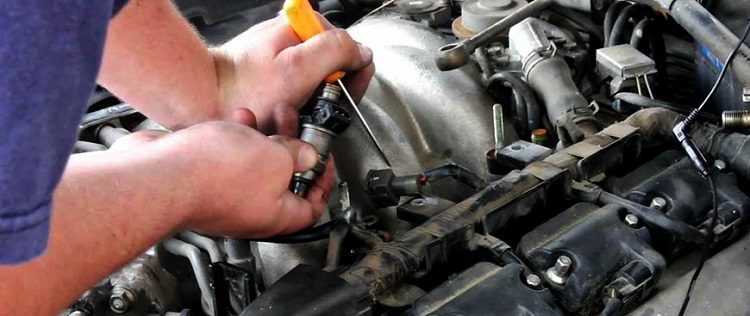
Check your status frequently and start to “suspect” from 10 years or 200,000 km. Many problems of injection failures are due to air intakes caused by cracks in the corresponding pipes of the propellant, you will not be the first to change a flow meter of more than $600 because of a small crack in a tube of rubber of only $6. Review them and replace them with the least symptom of old age. Hopefully, you enjoyed my discussions and ideas about How to take care of your car. You should know also about auto insurance if you have a car or wants to buy a car.

